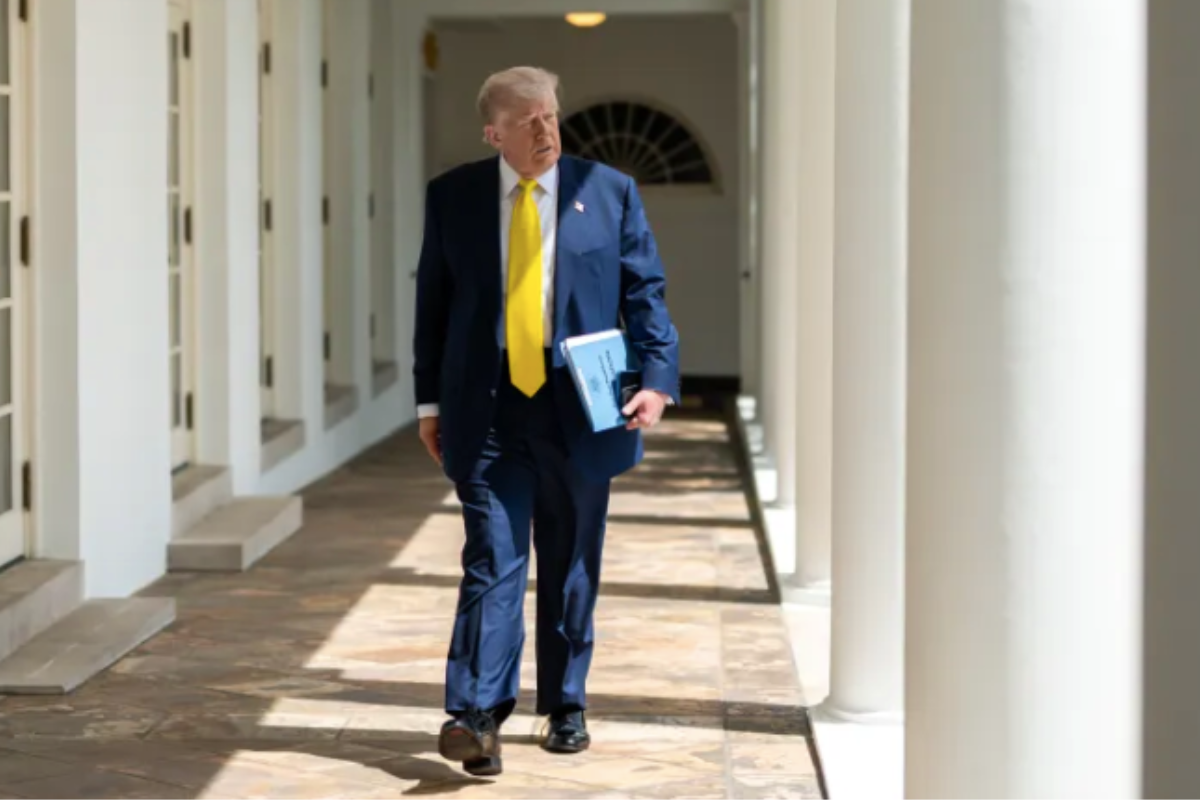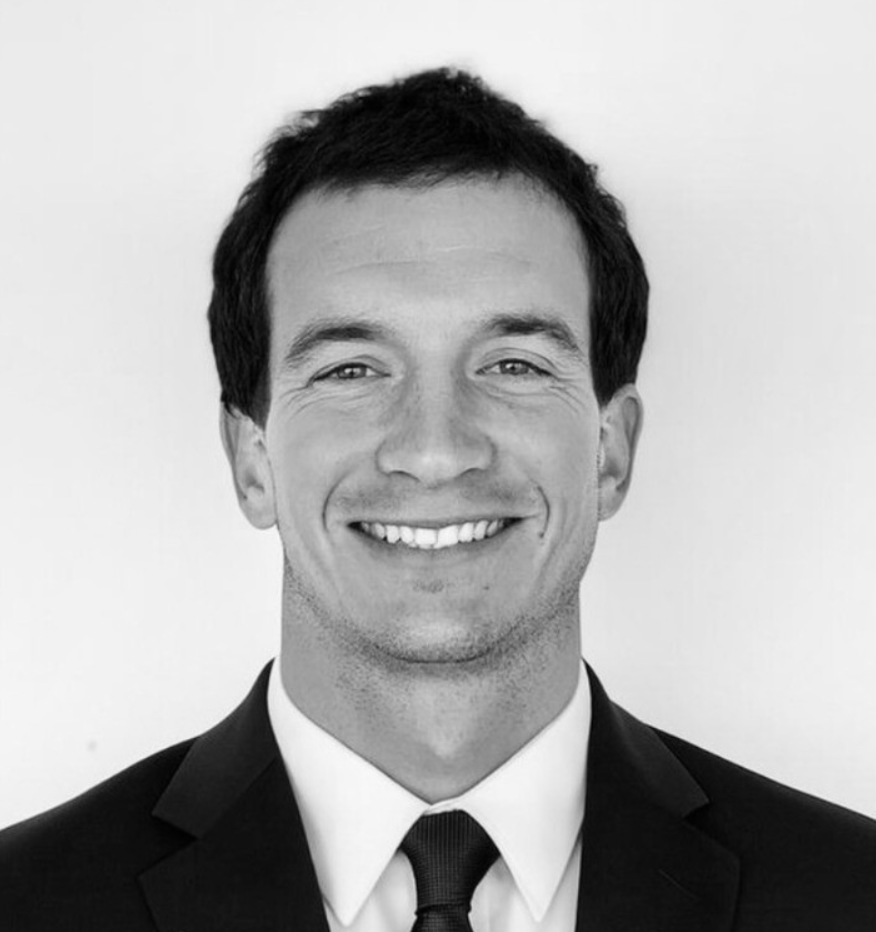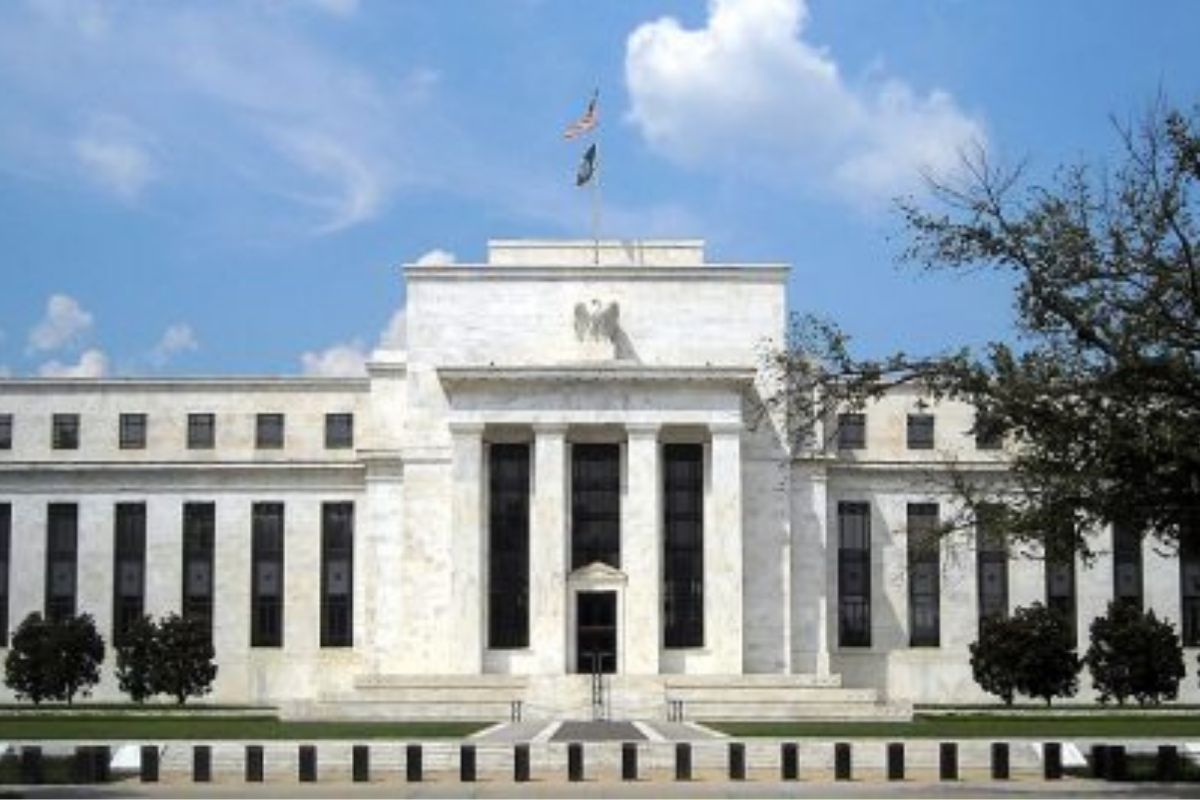Global Defined Contribution Pension Plans Warn of Insufficient Retirement Savings
| By Amaya Uriarte | 0 Comentarios

Many defined contribution pension plans are not convinced that their participants are on the right path to securing sufficient income during retirement and believe that reversing this situation will take several decades, according to a new report by the Thinking Ahead Institute, a global organization dedicated to investment analysis and innovation at WTW.
The Global DC Peer Study 2025, conducted by the Thinking Ahead Institute, brought together 20 of the leading defined contribution pension plans from the APAC, Americas, and EMEA regions. Collectively, these funds manage more than $2.2 trillion in assets, including both public pension funds and private retirement systems.
According to its findings, 60% of the experts surveyed indicated that the main concern for defined contribution pension plans over the next decade is ensuring adequate income during retirement.
These concerns are particularly evident in regions where minimum contribution levels are low or where auto-enrolment systems lead participants to believe they are saving enough without making additional contributions. Some respondents emphasized the need to focus on the adequacy of retirement savings—beyond just coverage or participation—as a key issue for future government reforms.
Although many plans already offer gradual retirement transition paths, many members in the retirement phase continue to make late decisions with a tactical rather than strategic approach. Some of them are exploring collective defined contribution schemes or hybrid models that combine flexibility with sustainable income, though such cases remain rare.
The study also revealed that alternative investments now represent, on average, 20% of pension plan allocations, equaling for the first time the allocation to bonds. Equities, meanwhile, make up the remaining 60%. This shift, though quiet, reflects a significant evolution in the investment strategies of defined contribution plans, especially in mature markets such as Australia. Despite the challenges that private markets pose in terms of governance and communication, this move reflects the growing conviction that long-term returns must be maximized, given the limited effectiveness of traditionally bond-heavy portfolios.
A recurring issue among the plans analyzed is the concern that current lifecycle designs are underperforming, especially due to overly conservative asset allocation in the early stages of accumulation. Some plans are considering dynamic risk budgets that adjust over time or the use of leveraged equities for younger cohorts to improve long-term outcomes.
Others are reevaluating decumulation strategies altogether, seeking to better align them with members’ evolving capacity to take on risk. Additionally, the concept of liability-driven defined contribution, similar to defined benefit schemes, has been proposed as a potential future design alternative.
“In many parts of the world, defined contribution systems are now the dominant pension model. However, they remain relatively young and have not reached full maturity, which presents challenges such as income adequacy in retirement, participation rates, and contribution levels,” says Tim Hodgson, co-founder of the Thinking Ahead Institute.
In his view, as the defined contribution system matures, there is a growing focus on the decumulation phase and on lifelong, integrated solutions. “Some countries are further along in this process than others. Most defined contribution plan participants have several decades to secure an adequate pension. However, there are only two fundamental ways to improve retirement adequacy: increasing contributions and generating higher long-term investment returns,” he adds.
According to his analysis of the report, there is a growing consensus that current lifecycle designs in defined contribution plans may be missing out on return opportunities, particularly due to insufficient risk-taking in the early accumulation phase. “However, in the most essential aspect of retirement saving, further progress is needed. Maximizing returns is crucial, but it has limits.
In many markets, most savers need to increase their contributions during the accumulation phase. While financial education may help, it will ultimately be up to governments to determine whether contributions to defined contribution plans are truly sufficient to ensure a dignified retirement for all future pensioners,” Hodgson notes.
In conclusion, Oriol Ramírez–Monsonis, Head of Investments at WTW, emphasized that “Spain is at a crucial moment to consolidate its defined contribution pension plans, considering that only about 25% of workers participate in complementary private systems—approximately 15% in individual plans and 10% in collective plans. We have the opportunity to incorporate best practices observed globally to design a system that ensures long-term sustainable pensions, focusing on strengthening savings capacity and optimizing risk management.”









